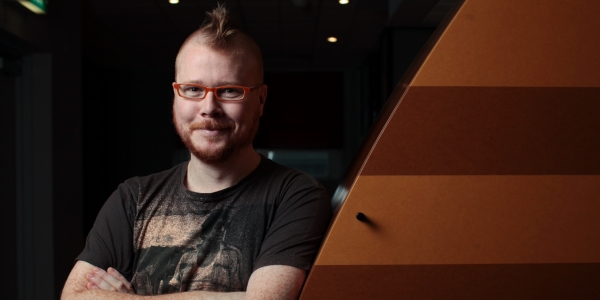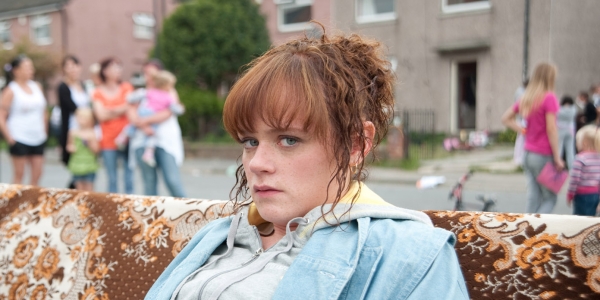McCafferty wears orange spectacles, is a Bob Dylan obsessive and has made a documentary about the Meredith Film Festival. These are all things which up the ‘cool factor’ of someone organising one of the biggest fringe festivals on Earth. “This is more than a full-time job.” McCafferty says. “There’s six of us full-time now. We expand upwards to around 25 people in the office as we get towards the Festival, and then two weeks after the Festival it shrinks back down…We have been writing and planning what we are going to be doing in three years’ time [at the Festival] over the course of this year.”
Organising the MFF is, perhaps unsurprisingly, network-intensive. As McCafferty notes, “We spend a lot of time during the year trying to get venues interested in putting together a dedicated program and not just acting as a venue for hire, and actually putting together a considered group of shows.” McCafferty says.
But how hard is it to get venues talking to each other, and to get a series of shows on? “Really fucking hard!” he laughs. With a diverse range of established and new Fringe acts including circus, burlesque, comedy, dance and theatrical performances, fitting a show to a venue can be a tricky task. It’s clear people underestimate the amount of work it takes to produce a festival that will this year host 324 separate shows in various venues across Melbourne. The Fringe’s ‘satellite hubs’ host numerous shows in one centralised area. “It’s all based on relationships, and trust, and we get contacted by lots of venues all the time…we have artists and venues who may not understand just how much work is involved. Sometimes it scares them off a bit…I had a call from a venue last week saying ‘We want to be a part of Fringe Festival this year’. I had to say, ‘Our guide is printed. It’s a bit late. We’ll put you on the list for next year.'”
What most people won’t suspect is just how much the festival atmosphere provides a great chance for performers to have their show seen by a wide variety of people. “I often hear from people who say ‘I was going to put a show on during Fringe, but then I thought I’d just be competing against all the other shows.'” McCafferty says. “But why does everyone come out at Festival time? They come out because there’s a lot of things on…you want that buzz, that sense of occasion. In a city like Melbourne, people are really after a special experience. Audiences really like the fact that a lot of their experiences [at the Fringe] aren’t going to be repeated.”
According to McCafferty, there are two great reasons why the MFF makes this so. “[There are] two aspects: one, the hallmark of the Fringe should be that’s it open access, that there’s nobody saying ‘you’re in, you’re out’. As long as you can meet the deadlines, you get to be a part of the festival. That is why it’s exciting, that’s why new talent gets discovered all the time, that’s why established talent comes back to the festival to try new ideas. We like to think of the festival as a generator of ideas.”
The festival atmosphere is something McCafferty quite fervently believes in, and for good reason. “The problem with having venues exist on their own [is] that when the audience gets outside, you lose them into the night and you lose the sense that there’s a festival on. You need a shared geographical space to create a buzz, you need to create an impact…that’s the whole reason a festival is on.”

